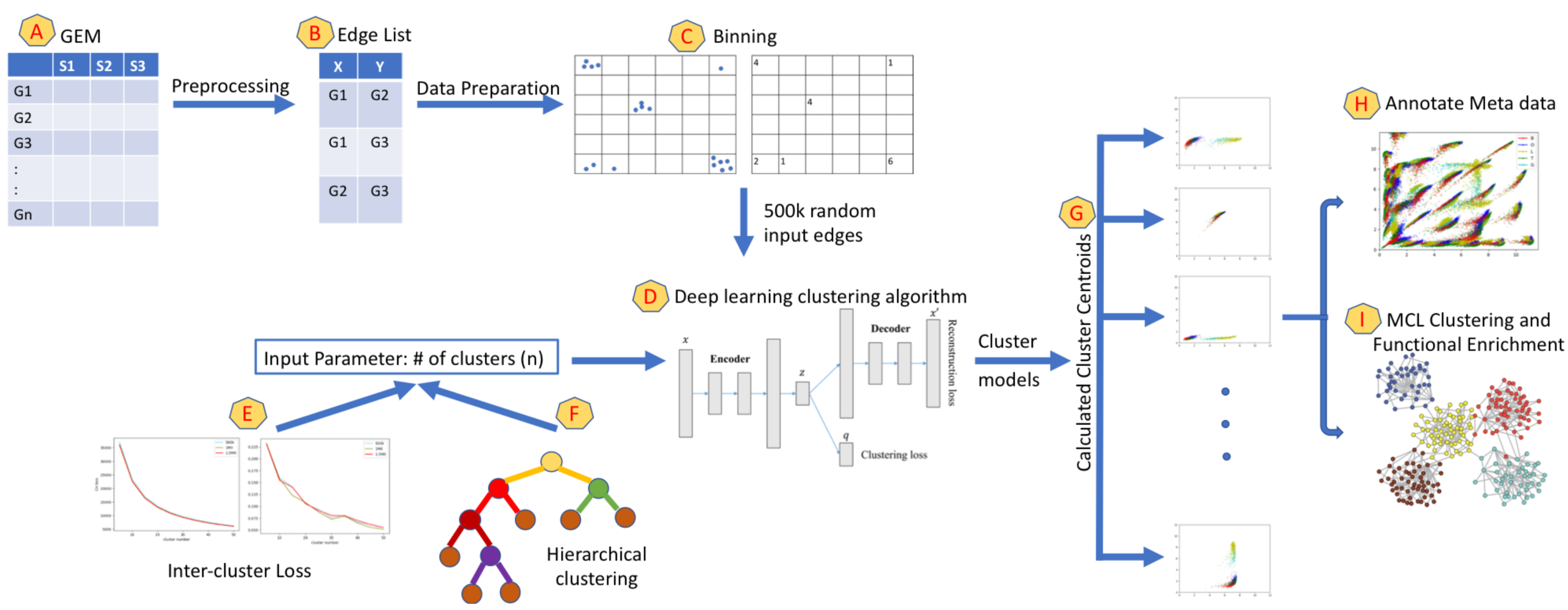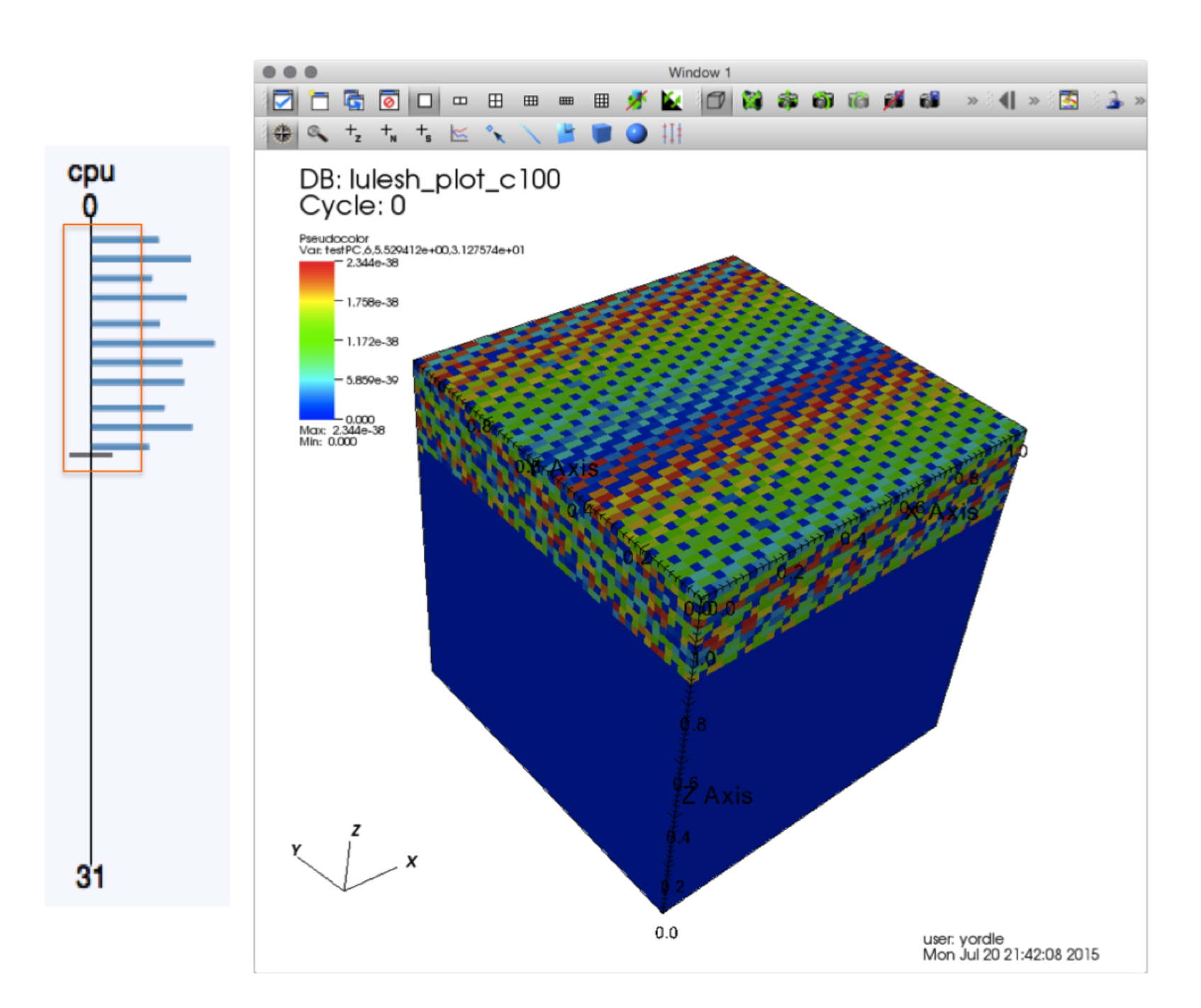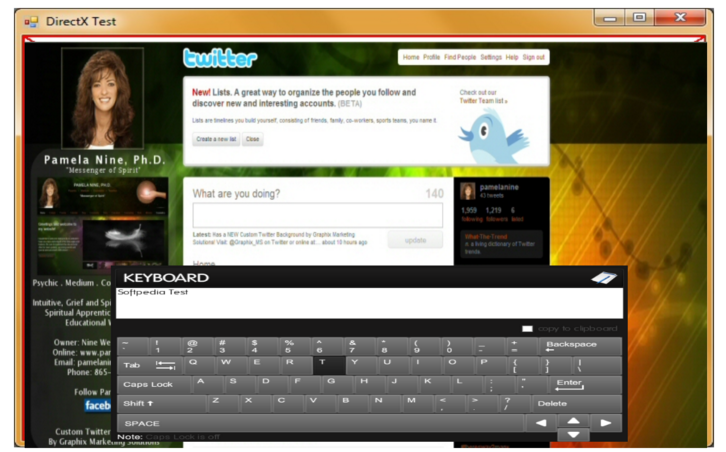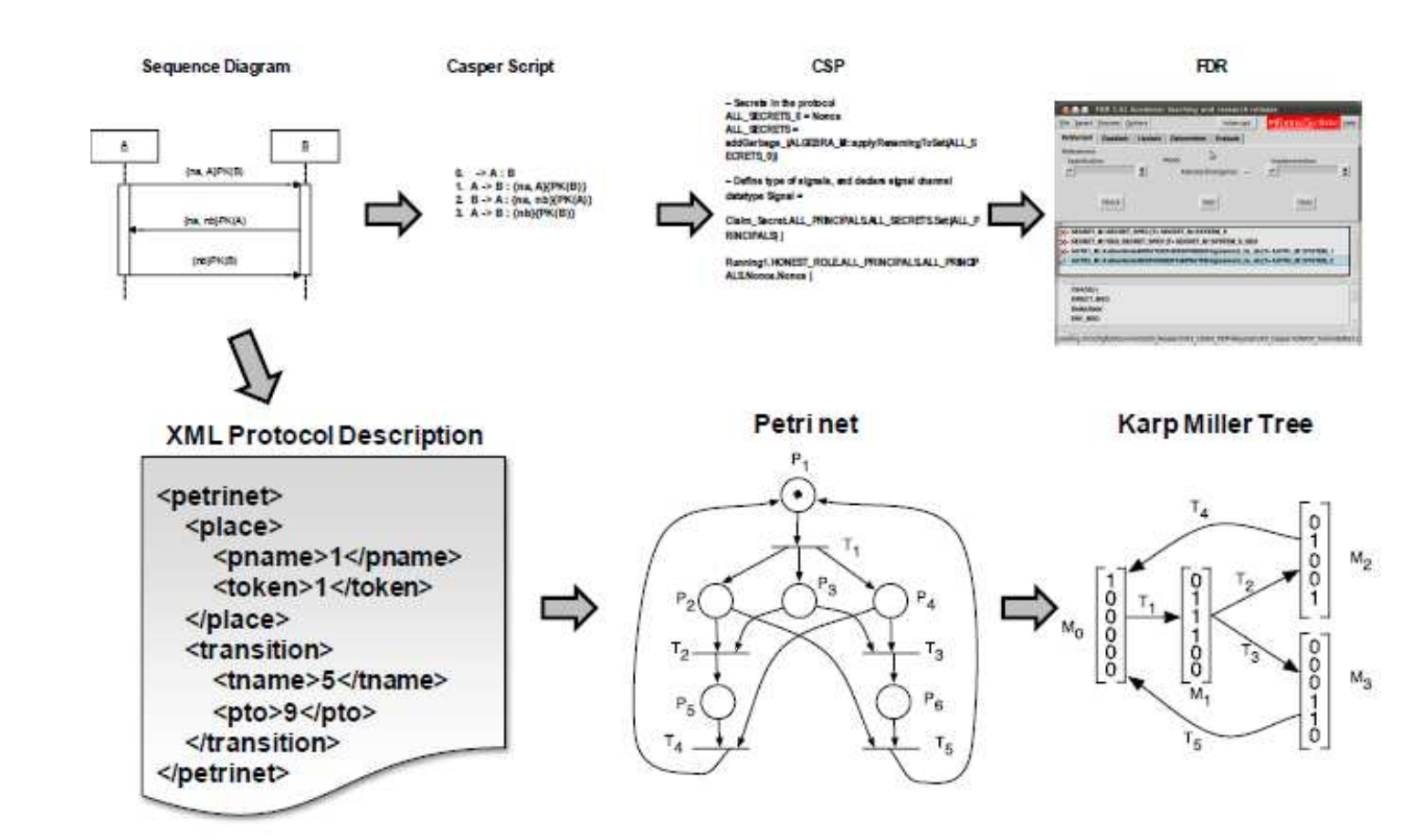Benafsh Husain
Biomedical and Data Informatics Scientist
-
- bhusain@clemson.edu
-
- WEBSITE
- https://bhusain.github.io/
I am a PhD candidate in the joint Computer Science and BioInfomatic degree program at Clemson University and Medical University of South Carolina with a focus in Bioinfomatics, Data analysis, and Visualization. My interests lie in developing deep learning and machine learning algorithms to detect unique patterns in genomic and transcriptomic data./p>
Worked with large scale RNASeq data including panCancer and panGtex to construct, normalize, and analyze gene and transcript expressions. Developed and implemented machine learning algorithms to extract gene correlation networks associated to brain cancer. Constructed one of the first gene regulatory networks associated to cerebellar tissues using machine learning. Developed and taught courses for Database Design and Management, and Introduction to Machine Learning.
Developed visualization tools to identify performance improvement techniques for scientific application simulations. Identifying and visualizing spatial relationships between application and hardware for multivariate data. Utilized machine learning algorithms to explore correlation between application and hardware domain.
Developed a simulation of an integrated security system over a Light Weight File System written in C. Analyzed the effects of authorization and authentication servers on the timing effects to complete operations such as read/write.
Developing machine learning and visualization techniques to explore multivariate data. Developing visualization techniques and GUI to explore large scale calling context trees.
Technical editor pertaining to articles, papers, journal submissions in the field of Computer vision and pattern detection.
Investigating techniques for lip detection in low quality videos with subjects in moving vehicle. In-depth literature review of existing lip detection techniques and their limitations.








